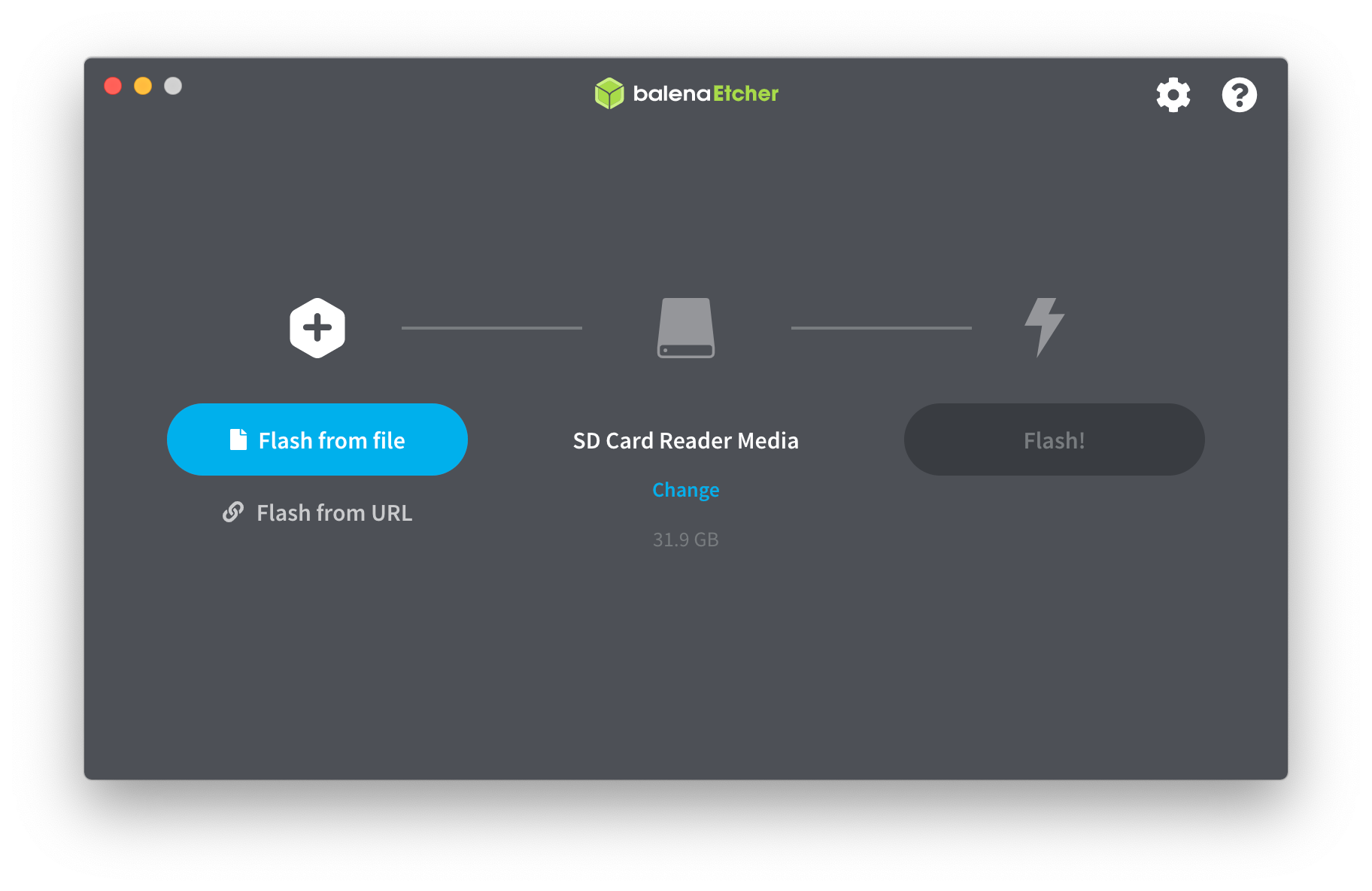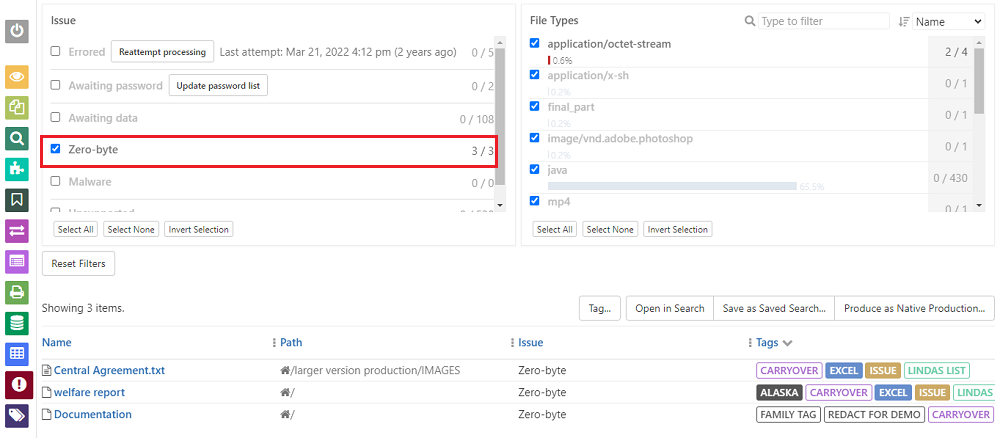
Also offer multiple selection rules for you to use.Auto-select duplicates for you to remove all at once with 1 click.Provide 3 preview modes, allowing side-by-side image preview.Remove duplicates from computer, external HD, SD card, etc.Scan for true duplicate files by file content.Find duplicate photos, videos, audios, documents, archives and more.If this method also fails, get out of here.Cisdem Duplicate Finder CCleaner Duplicate Finder Not Working? Logger(fname, LOG_INFO, "this file could not be opened with ping(.)", szOrgFilePath) Sometimes loading a file with ping fails! So if that happens we'll try again with the full method. (Sometimes this particular file has worked, and it creates a magick-xxx temp file of about 4+GB.)

Any thoughts on how to change it for this case? So the temporary directory has not been changed yet.

Status=MagickCore::ConvertImageCommand(image_info,argc,argv,(char **) NULL,&exception) I have to reboot to get rid of them.Īny thoughts on how to handle this? Note this code is run before we call PImage = new Magick::Image(szOrgFilePath) Īnd that leaves 0-byte magick-XXXXXX file in the temp directory that are locked. However, we also have code like the following code snippet and we have a TIFF that fails (throws an exception) for both Hi, this command works, passed as array argv(as shown in earlier post), so that I know where the temp files are: Is there any way of our calling code knowing these files are being created, to allow us to delete them if we detect an error condition? If we knew the filename, we could possibly remove(filename) in the destructor of the object that calls IM.

I see a similar phenomenon with large PSD files. In a particular case, processing a TIFF file with a size of 920 KB (942,956 bytes) generates a temp file of 4.19 GB (4,499,644,032 bytes). If the IM processing get stopped/aborted for any reason, such as a time-out, we end up with temporary files with names like magick-sDHFMNhK in the temp file location (eg in C:/windows/temp). Some files take a long time to process, and we have a time-out in our workflow. We build an 8-bit version as it was faster for most of the files we use. We have a dll that statically links IM code based on the ImageMagick-6.5.9 release. We use imagemagick to extract a jpg preview and jpg thumbnail from a wide variety of image file types, using a standard convert command to perform the initial extraction from (eg) a TIF file to a jpg preview, and then a resize on the jpg to get a thumbnail.


 0 kommentar(er)
0 kommentar(er)
